Cardiopulmonary resuscitation (CPR) is a technique used to slow the process of brain death by restarting the heart and getting a person breathing again. Cardiopulmonary Resuscitation (CPR) can provide oxygen to the brain and other vital organs of a person who, by every indication, is dead. Used early and correctly, the technique can buy time for the victim until medical attention can be given.
CPR – Cardiopulmonary Resuscitation
$9.99
Description
Learning Objectives
- Identify the steps and actions needed to administer CPR correctly.
- State the purpose of an AED, the precautions for its use, and the correct method of use.
Cardiopulmonary resuscitation (CPR) is a technique used to slow the process of brain death by restarting the heart and getting a person breathing again. Cardiopulmonary Resuscitation (CPR) can provide oxygen to the brain and other vital organs of a person who, by every indication, is dead. Used early and correctly, the technique can buy time for the victim until medical attention can be given.
Cardiac arrest happens when the heart malfunctions and stops beating unexpectedly. This event is triggered by an electrical irregularity in the heart that causes an arrhythmia, an irregular heartbeat or interruption of the heart’s normal rhythm, where the organ’s pumping action is disrupted or shut down completely. When the heart shuts down, blood does not reach other vital organs, resulting in failure. About 10,000 incidents of cardiac arrest occur at work each year and according to the American Heart Association, about 92% of cardiac arrest victims die before reaching the hospital.
Heart attack is a common cause of cardiac arrest. A “heart attack” (myocardial infarction) is the death of heart muscle caused by sudden blockage by plaque or a blood clot of the coronary artery supplying the heart with oxygenated blood from the lungs. The majority of heart attack victims survive the first attack. Treatment for heart attack includes angioplasty and drugs that destroy the plaque or blood clot.
Heart stoppage can be related to a disease induced heart attack in which heart muscles die from lack of oxygen. In each case, without immediate medical attention, the victim collapses, loses consciousness, becomes unresponsive, and dies. The survival rate for incidents occurring away from the hospital setting is only around 1 to 5 percent.
To increase the survivorship of cardiac arrest events, the Occupational Safety & Health Administration (OSHA), the American Heart Association, and the Red Cross now recommend and encourage the use of automated external defibrillators (AEDs), in addition to Cardiopulmonary Resuscitation (CPR), when responding to a victim of cardiac arrest. These devices, which have become smaller, more affordable and increasingly portable over time, help fix the condition of arrhythmia with restorative electrical impulses.
When someone is in cardiac arrest, defibrillation is the only way to re-establish a regular heartbeat. Cardiopulmonary Resuscitation (CPR) alone will not restart a heart in cardiac arrest. CPR is a temporary measure used to continue a minimal supply of oxygen to the brain and other organs. Treatment for cardiac arrest involves CPR, drugs, and defibrillation.
Recent studies show that 90 percent of victims survive if they can be defibrillated during the first minute after collapse and up to 70 percent are more likely to survive if they can be defibrillated within the first five minutes after the onset of an attack. However, with each minute of delay in defibrillation, nearly 10 percent fewer survive, so that by 10 minutes, survival is unexpected.
Remember, even if someone is worried that their knowledge or abilities aren’t 100 percent complete, it’s far better to do something and it could mean all the difference between someone’s life or death.
CAB Method for Cardiopulmonary Resuscitation (CPR) Training:
- Chest compressions
- Airway
- Breathing
7 Common Cardiopulmonary Resuscitation (CPR) Mistakes
Here is a list of things you shouldn’t do when performing Cardiopulmonary Resuscitation (CPR):
Don’t become a victim yourself. Quickly assess the situation before beginning CPR. It is especially important to do so in situations where you are at risk of drowning, electrocution or poisoning.
Don’t forget to first call for help. Before beginning CPR, call for help so additional support is on the way. Most people cannot continue to perform adequate CPR for more than a few minutes.
Don’t stop CPR to attend to minor injuries. Every minute without chest compressions lowers the victim’s chances of survival.
Don’t give mouth-to-mouth resuscitation priority over chest compressions. If you’re not trained in mouth-to-mouth breathing, it’s more important to continue with chest compressions alone.
Don’t perform compressions too slowly or quickly. Follow standard protocol of about 100 chest compressions per minute.
Don’t bend your elbows. Be sure to keep elbows straight and fingers interlocked to help you apply the right amount of pressure.
Don’t forget to exert enough force when performing chest compressions. Don’t be scared of hurting the victim. You may hear a pop or crack in their chest, but you aren’t putting them in any more danger than they are already in. Aim to compress the chest about 2 inches for adults and 1 inch for young children.
For tips on proper Cardiopulmonary Resuscitation (CPR) techiques, visit our safety tip videos.
Cardiopulmonary Resuscitation (CPR) Part 1
Cardiopulmonary Resuscitation (CPR) Part 2
Not all training is equal. With SafetyNow, learners and leaders will notice the difference in value:
- Quality: Professionally-researched and designed using the latest mobile and responsive technologies
- Convenience: Works instantly on any device, desktop or mobile
- Time savings: What learners need to know, not extra fluff or legalese
- Reporting: Consistent, instant compliance records available anytime
- Support: Customer and learner support included at no charge
- Any Learning Management System (LMS) Use with any SCORM, AICC, xAPI, TinCan, HTML5, or other LMS (learning management system).
- Any Device Desktop, laptop, tablet, or mobile phone – it simply works, everywhere.
- Engaging Professionally-developed, including an on-screen host and modern, easy-to-understand text, media, and voiceovers.
- Unlimited Attempts Each module can be taken as many times as required to get a passing grade. Unlike our competitor’s courses, if you get an answer wrong, you are redirected to the exact eLearning segment you struggled with… you don’t need to go through the entire module again, just the one part you need a refresher on.
Only logged in customers who have purchased this product may leave a review.


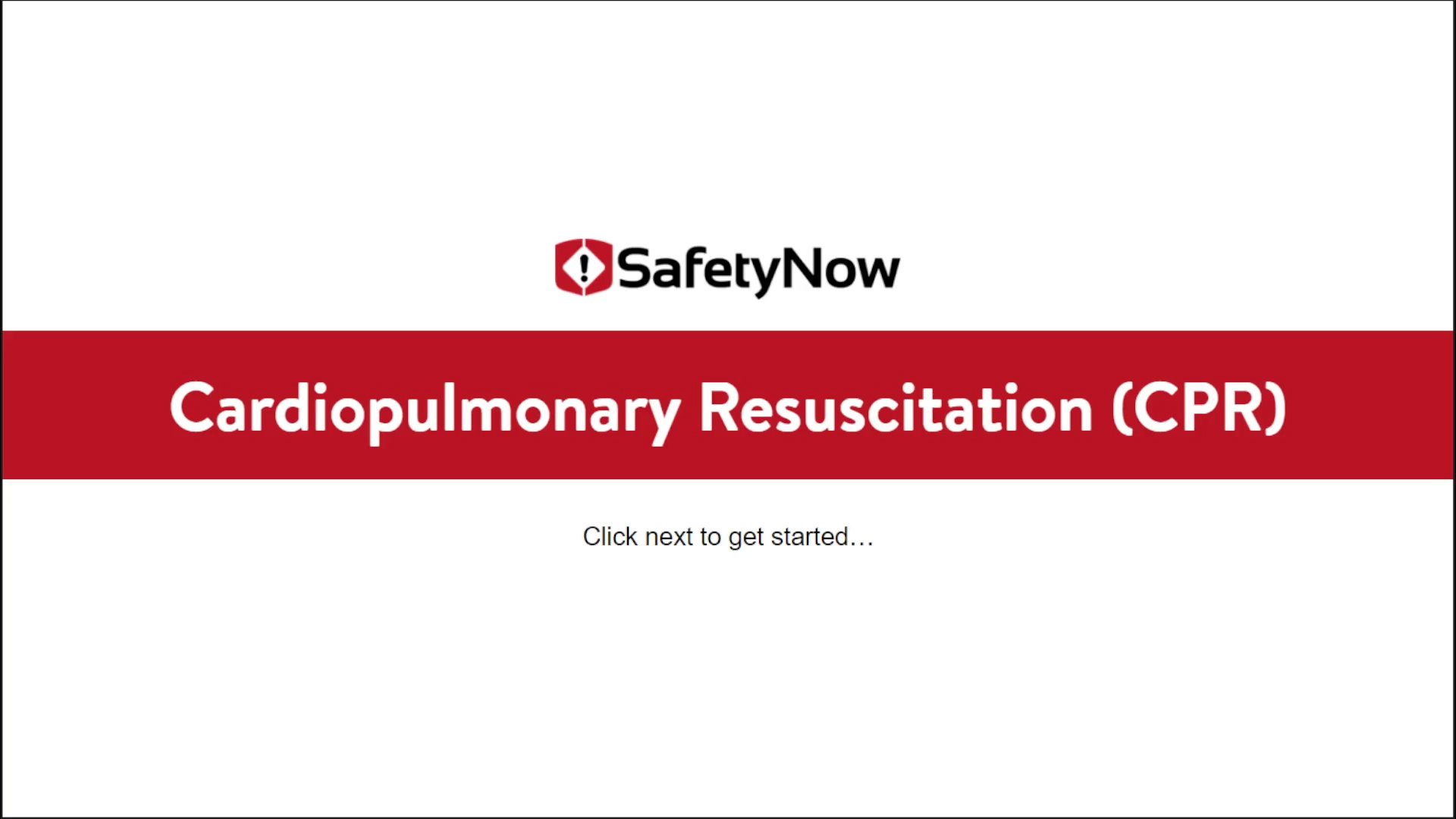
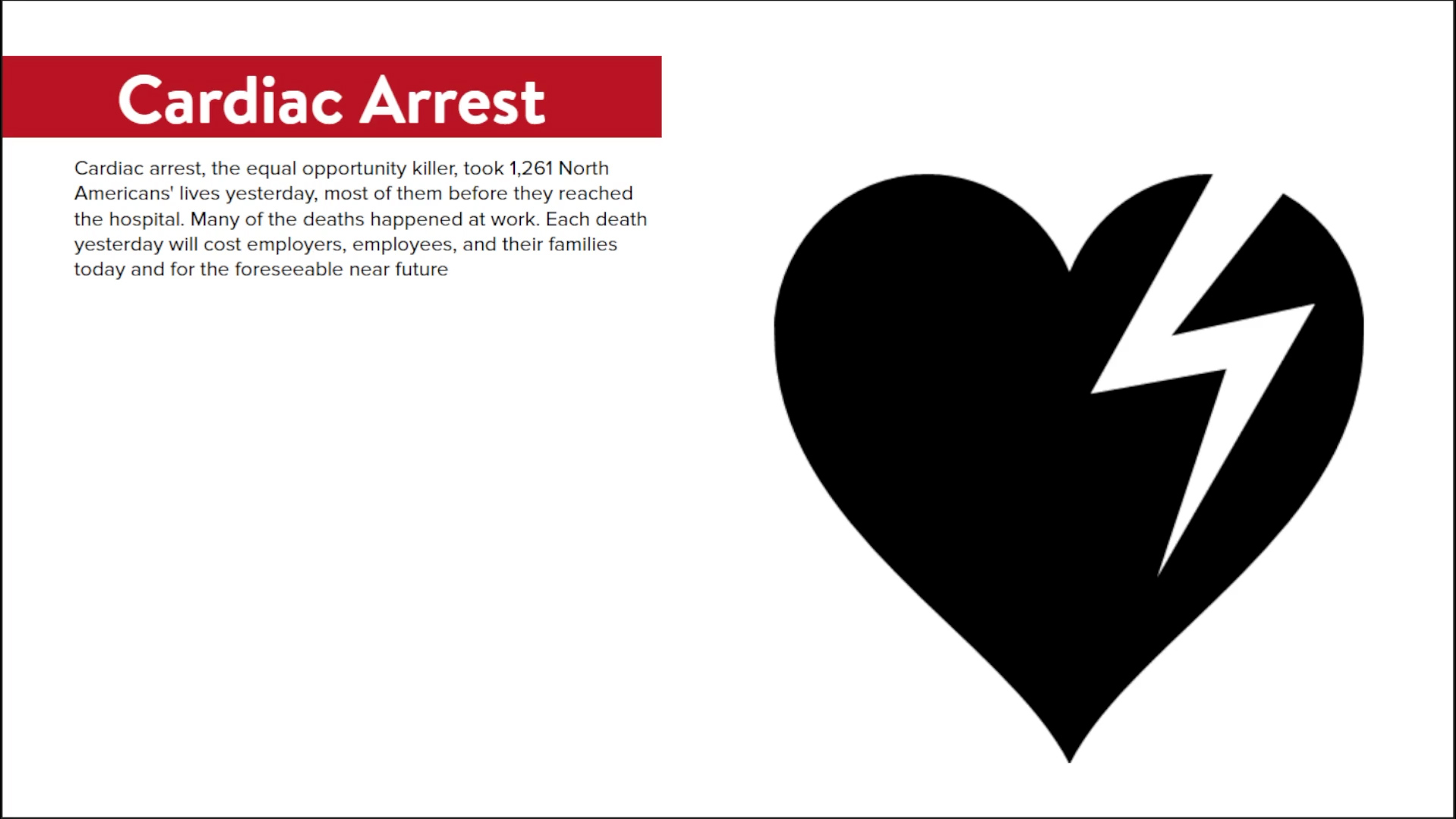
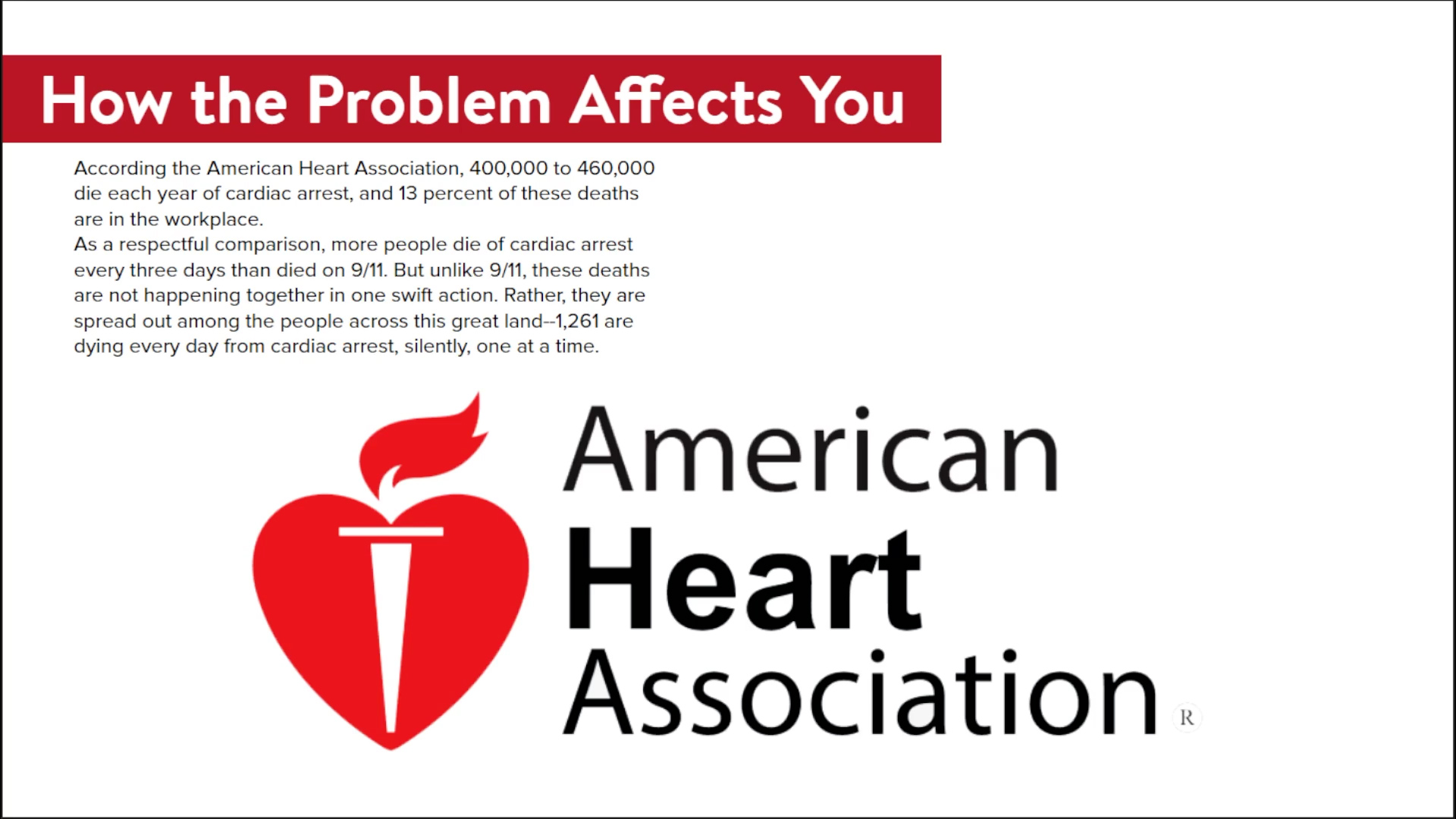
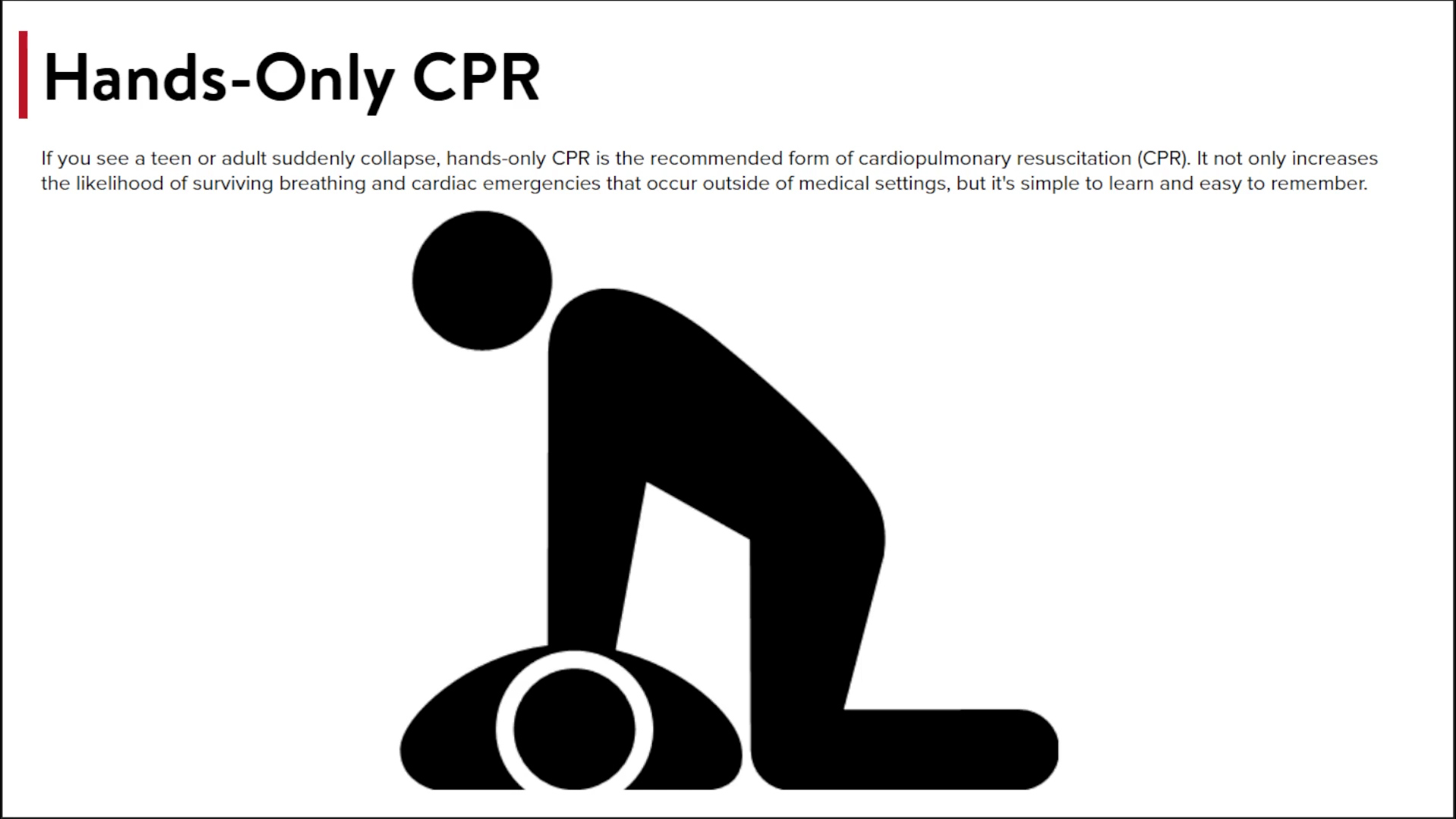

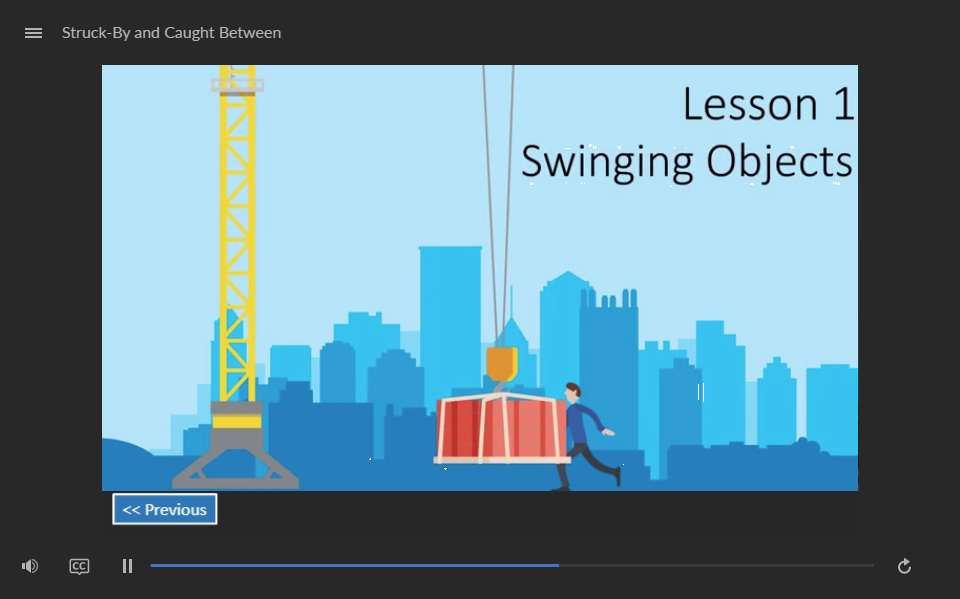
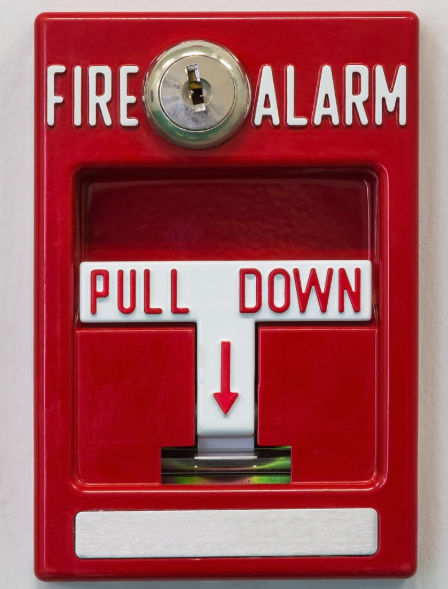
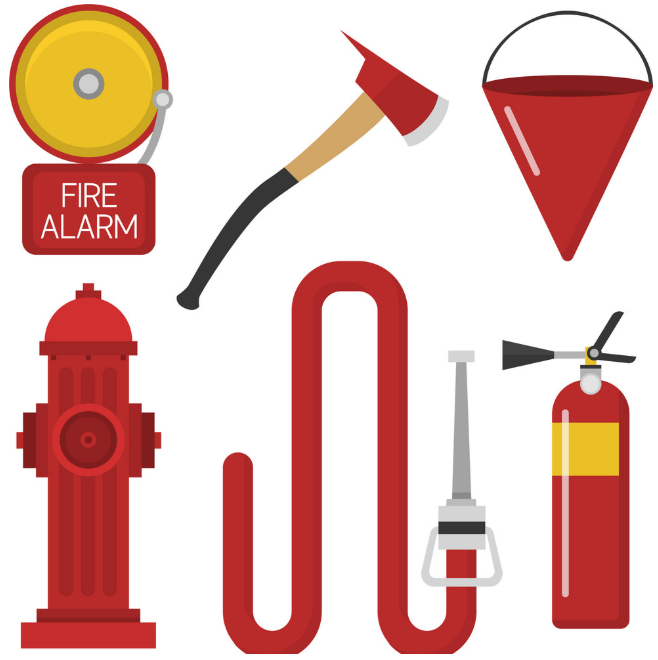

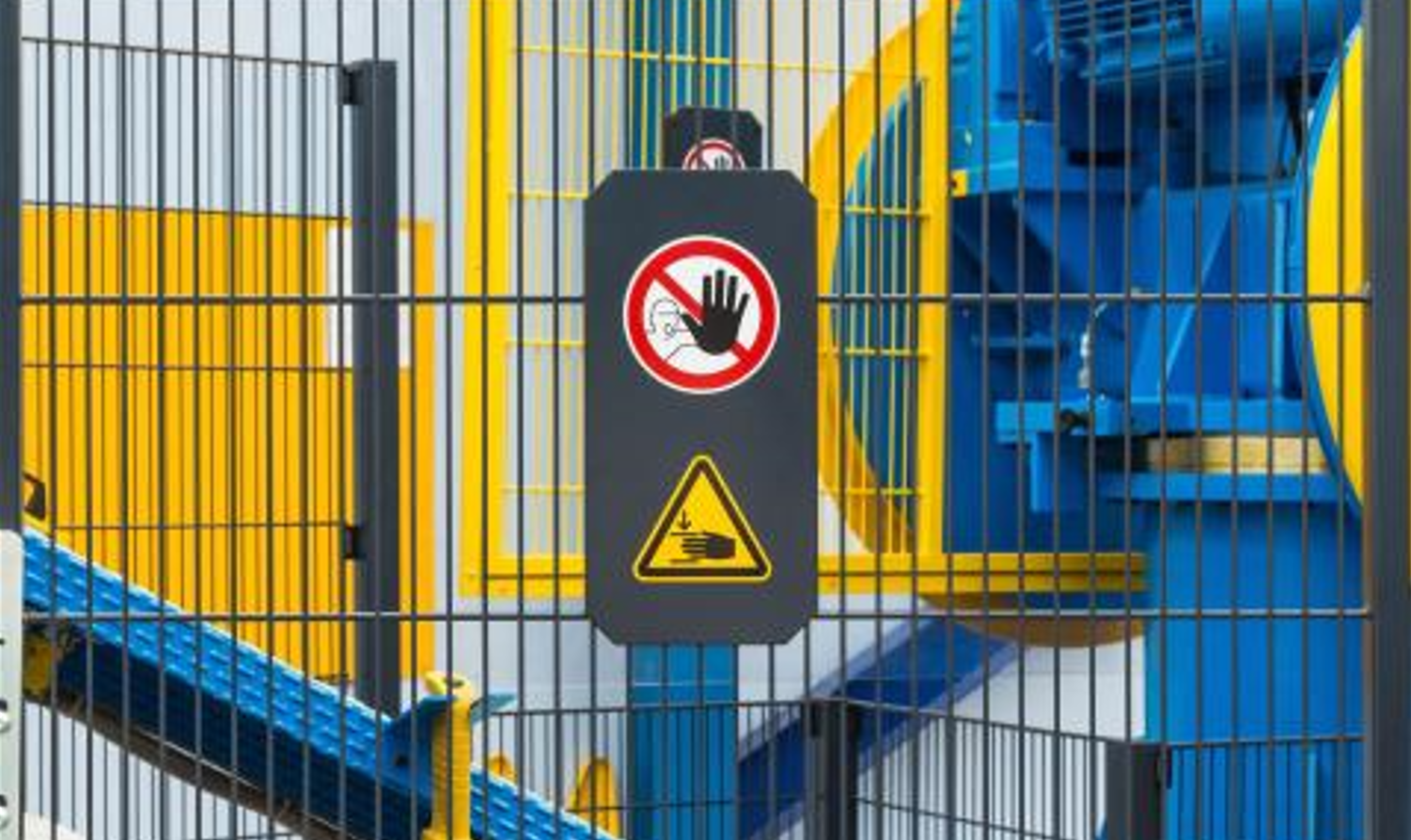
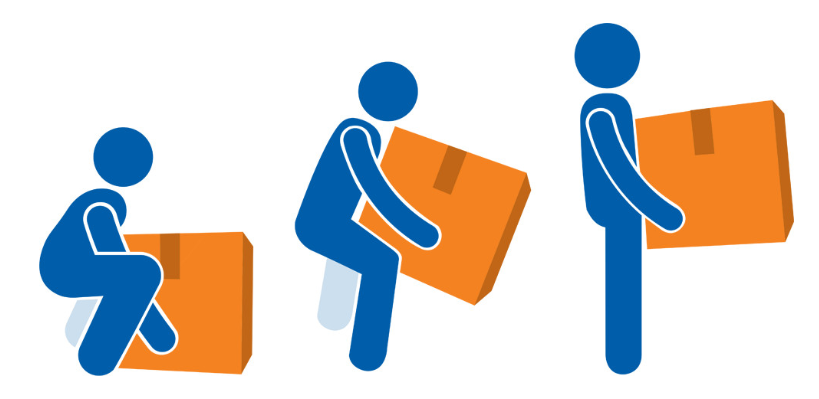
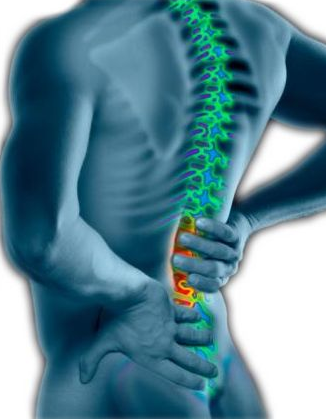

Reviews
There are no reviews yet.